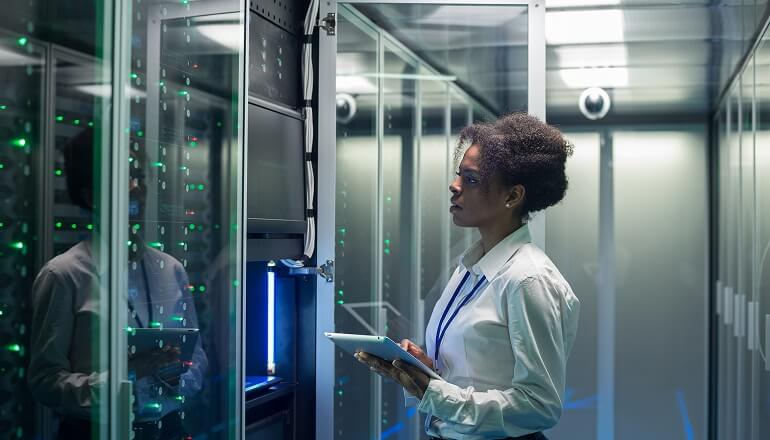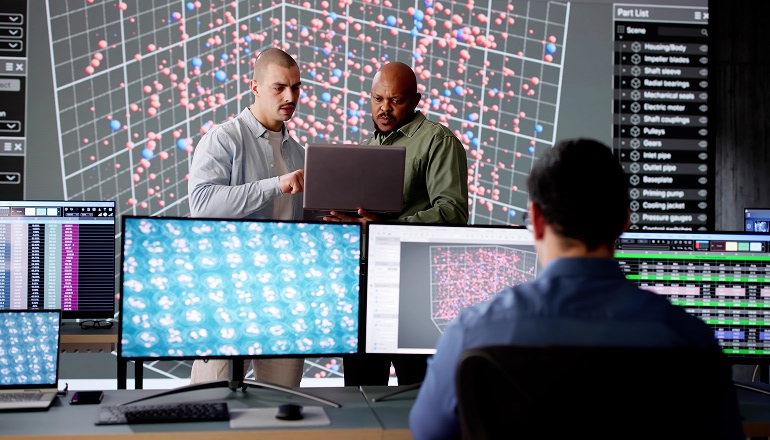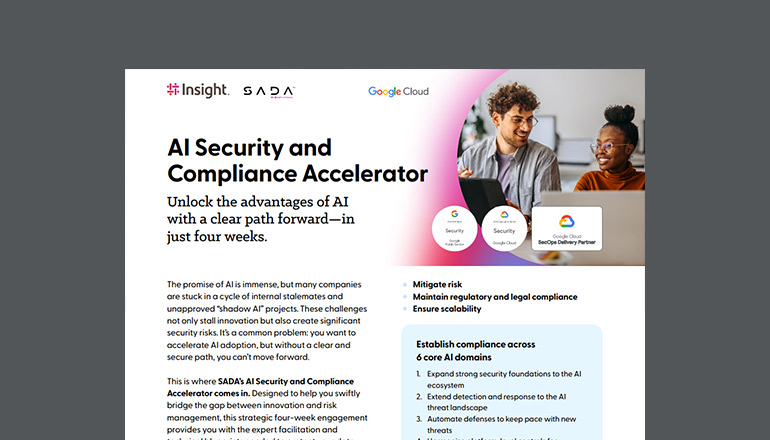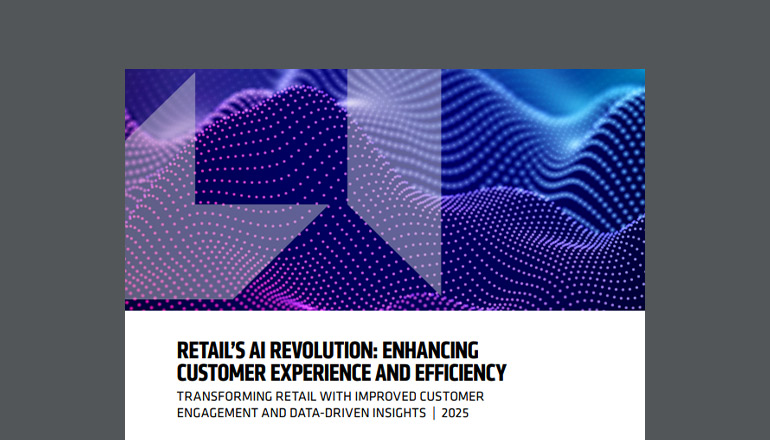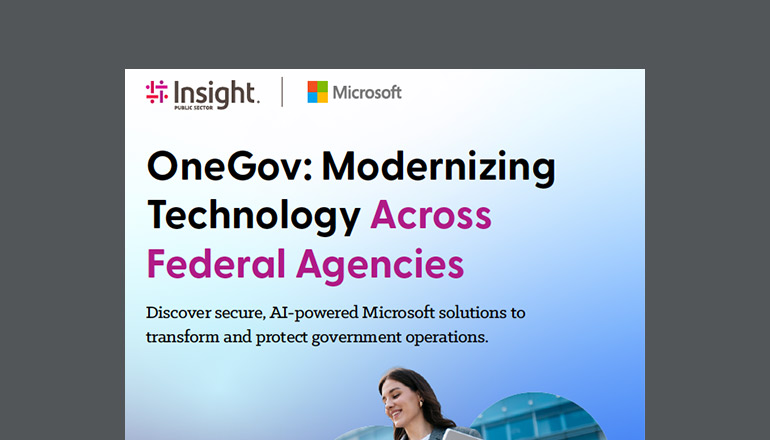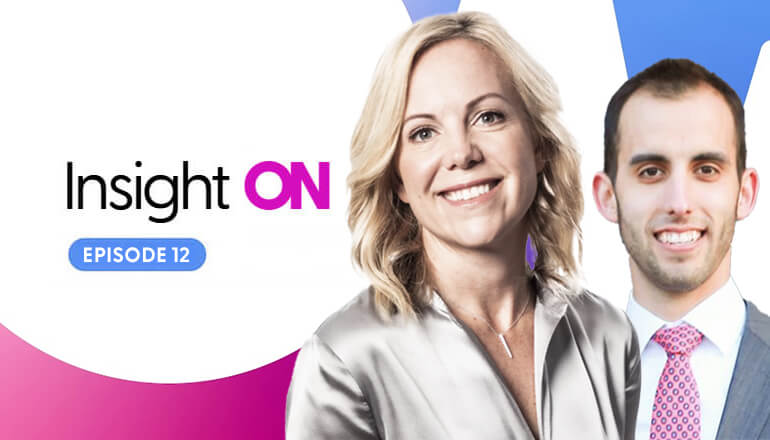Article How the Intelligent Digital Mesh Will Transform Every Business Layer
The “intelligent digital mesh” is the definitive package for tomorrow’s titans of business. But what exactly is it? Gartner’s Top 10 Strategic Technology Trends for 2017 report defines it as “the mesh of people, devices, content and services” — and we believe this IT innovation is on track to supercharge every layer of business, creating a notable innovation gap between fast adopters and stallers.
By Insight Editor / 31 Jan 2017 / Topics: Artificial Intelligence (AI)

Here’s our breakdown of some of Gartner’s most disruptive IT trends for 2017 — and how adopting them as part of the digital mesh can have a massive innovative ripple effect across all levels of an organization, from the C-suite to the consumer.
Intelligent digital mesh trend #1: Artificial Intelligence and advanced machine learning
With the ability to not only simulate human intelligence about existing environments but to learn new information for future behaviors (without programming), both Artificial Intelligence (AI) and machine learning will usher in a new class of rapid intelligent data collection that will solve challenges on a global scale.
In fact, the market for AI technologies is expected to reach a mammoth $40 billion by 2020 and will generate more than $60 billion worth of productivity improvements for businesses in the United States per year, according to the Center for Data Innovation.
The challenge for businesses will be wrangling the skill sets to weave these technologies into their otherwise traditional business models, from data science to model creation, algorithm selection and more. Of course, the design, implementation and management of these new systems is a lot to take on, but with the sizable payoffs, it’s a trend worth investing in.
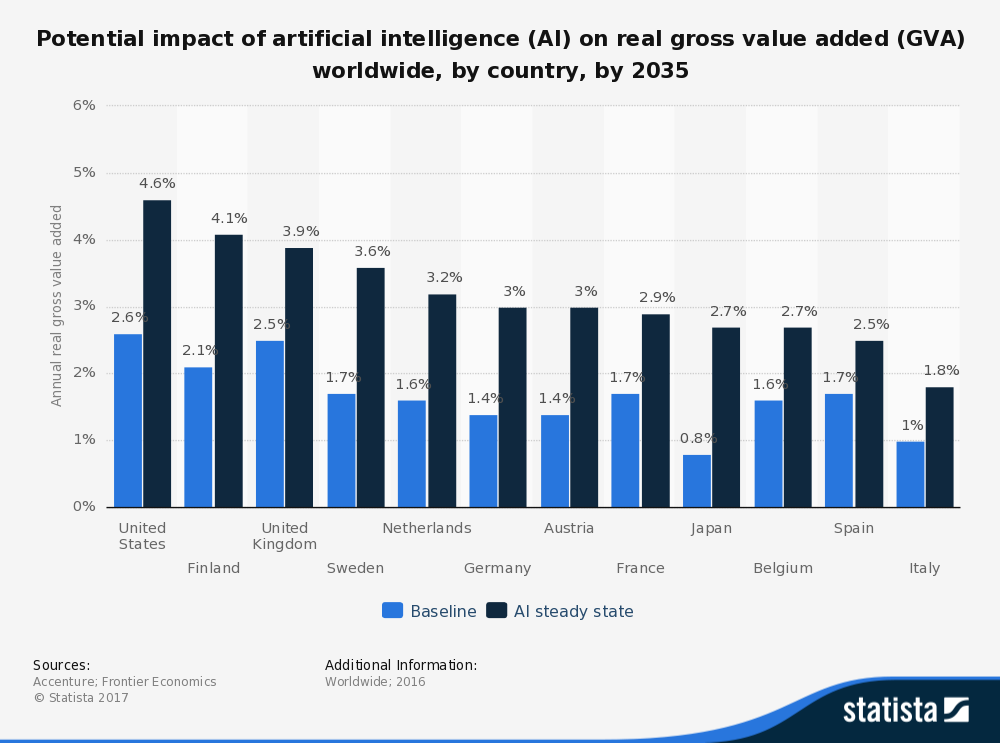
Intelligent digital mesh trend #2: Intelligent apps
But AI and machine learning can't thrive without the applications that enable humans to interact with systems, prompt their behaviors and glean the benefits. Virtual Personal Assistants (VPAs), such as Apple’s Siri and Microsoft’s Cortana, are good baseline examples of narrow AI-powered apps that are already evolving into tomorrow’s financial advisers, scheduling assistants, health coaches and more.
Virtual Customer Assistants (VCAs), on the other hand, address more specialized roles, such as customer service and sales. And according to a separate report by Gartner on the future of Customer Relationship Management (CRM) systems, “The use of VCAs will jump by 1,000% by 2020.” 1
And what about the intelligent endpoints or machines these intelligent apps run on? From robots to drones and autonomous vehicles, intelligent things will continue to proliferate, eventually paving the way for a “collaborative intelligent things model,” in which many machines will work together to achieve a common goal without human input.
For example, Gartner’s Top 10 Tech report cites, “Researchers have demonstrated a group of drones working together to construct a rope bridge, while the military is studying the use of drone swarms to attack or defend military targets.” 2
Some arguably serious subject matter there — but regardless of industry, adjusting to the prospect of, frankly, a new species of worker and creating business value in its advent and beyond will be essential for organizations that lead the pack in innovation.
Intelligent digital mesh trend #6: Blockchains and distributed ledgers
According to Gartner, “Most distributed-ledger initiatives are still in the early alpha or beta testing stage. Furthermore, “Multiple business use cases are yet to be proven, but 52% of those we surveyed believe that blockchain will affect their business.” 2
In a world now defined by around-the-clock transactions in every business sector and across a variety of channels, here’s the true beacon of blockchains and distributed ledgers: They will allow transactions to happen increasingly faster, easier and more organically.
Implementing blockchains will be a challenge. Capitalizing on the blockchain trend requires close monitoring, clear definitions and knowledge of limitations — but successful adoption will undoubtedly revolutionize operating models for all industries in the coming years.
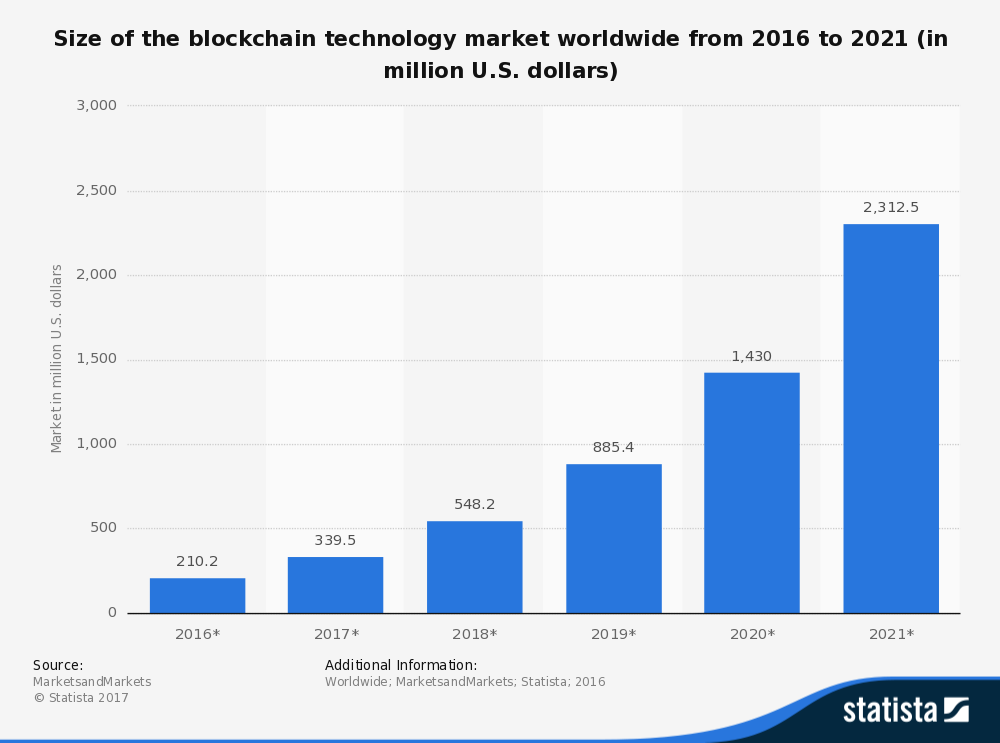
Our takeaways: How the C-suite will thrive
Chief executive officer
As the holistic business visionary, the CEO is focused on ensuring the organization stays relevant, forward-thinking and profitable. And today, that means empowering the people who use your products or services to enrich their lives in ways they otherwise couldn’t without your business.
Effective implementation of digital mesh innovations such as blockchains, for example, will put users in complete control of all of their information and transactions, giving them more power and insight into an activity that would have otherwise been supervised by a third party.
And take wearable camera company Narrative, for example. It developed a game that helps children with autism improve their ability to recognize others’ emotions. The company’s wearable camera, a smart device powered by machine learning, takes photos every 30 seconds, interprets and tags emotions for facial expressions, allows the user to identify those emotions and even gives feedback. This innovative way of helping autistic children through gamification makes Narrative more than a company that simply sells wearable cameras.
Chief financial officer
By 2021, the cost of cybercrime damages is expected to reach $6 trillion annually, according to research by Cybersecurity Ventures. Finding ways to maximize budget and revenue in a threatening new world of costly cyberattacks has given the seemingly straightforward CFO role a whole new dimension.
But blockchains’ lack of decentralized networks, for example, enable blockchain systems to withstand malicious attacks more effectively, generating cost savings through proactive security for organizations. Additionally, with no overhead costs or third-party intermediaries, blockchain technology investment can mean significantly lower transaction fees.
And even though by 2021 the world will need to cyberdefend 50 times more data,2 cyberthreat detection will become timelier and more easily addressed than ever before with AI’s real-time capability to discover and analyze patterns even amid massive data labyrinths. In short, the digital mesh unleashes new possibilities for dynamic cybersecurity.
Chief technology officer
In the midst of such rapid technological evolution, the CTO’s role is the most critical it’s ever been. And with the daunting responsibility to make technological investments that consider both internal and external lines of business, CTOs will be able to use IT trends such as AI to help them make the right decisions.
British AI company DeepMind, for example, is helping Google use AI software to optimize energy efficiencies for one of its data centers — while also adapting to varying factors such as weather and usage. Google has since seen a 15% drop in its energy consumption. With this AI software’s proven benefits, it’s a sound example of a win-win investment that adds value for any B2B company with a data center that services other data centers.
One last thing: Know the scope.
As always, it’s essential to know the bigger picture and how these trends will affect your business from not only a high-level standpoint, but from a deeper technological perspective as well. Gartner’s full report on the top 10 tech trends for 2017 reveals these types of insights and dives deeper into all 10 predicted IT trends, along with recommendations for adapting to the intelligent digital mesh.
1 Gartner. (2016, Nov. 7). Gartner Predicts 2017: CRM Customer Service and Support. Maoz, M., Davies, J., Sussin, J., Huang, O., Manusama, B., LeBlanc, N., & Robison, J.
2 Gartner. (2016, Oct. 14). Top 10 Strategic Technology Trends for 2017. Cearley, D., Walker, M., & Burke, B.
